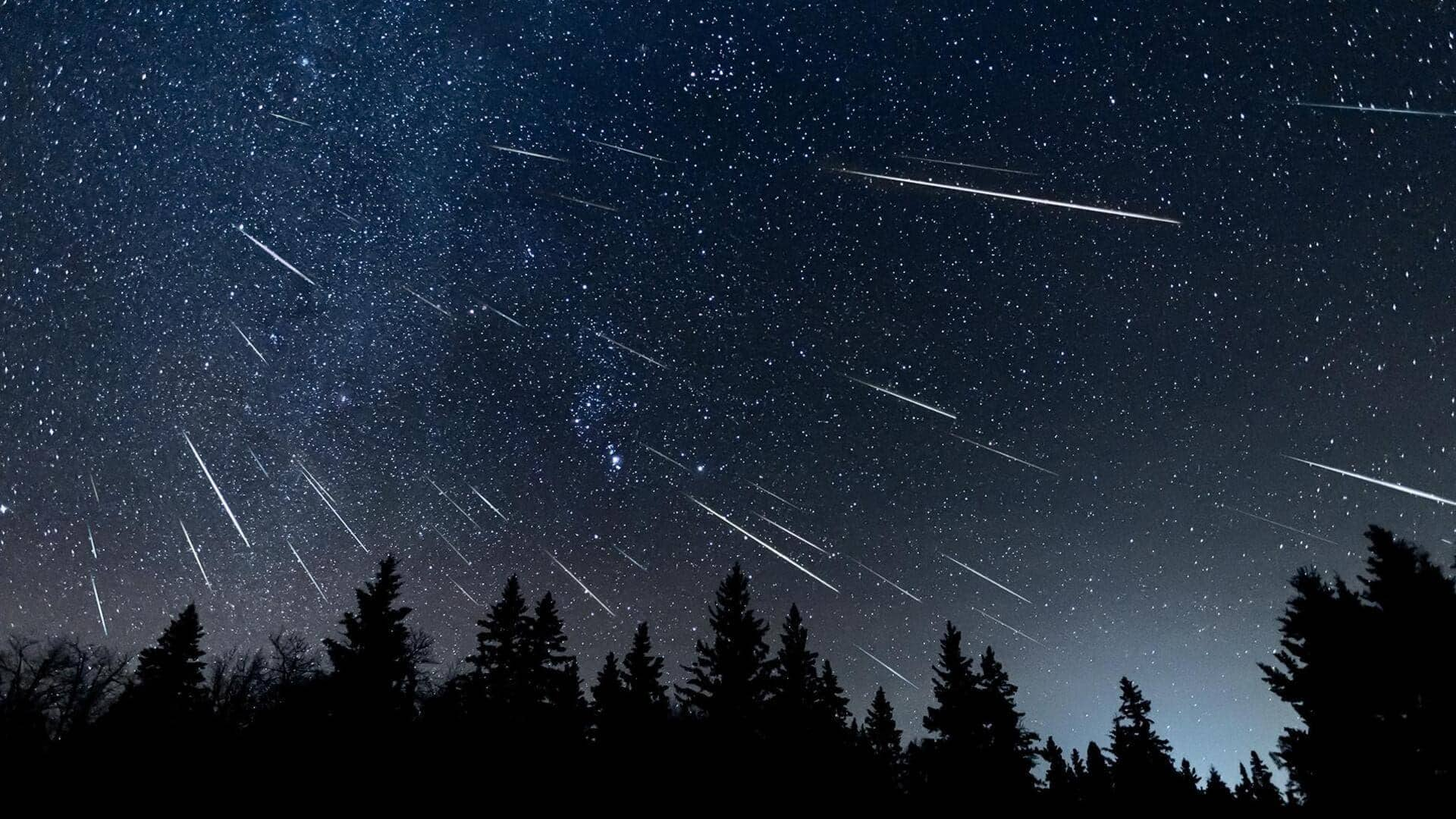
Perseid meteor shower peaks on August 12: How to watch
What's the story
The annual Perseid meteor shower, often dubbed as the "most popular meteor shower of the year," is nearing its peak. This celestial event, which has been occurring for centuries, occurs when Earth passes through a cloud of dust left by Comet Swift-Tuttle. The meteors burn up upon entering Earth's atmosphere at a staggering 208,570km/h, leaving behind bright trails of light or shooting stars.
Celestial display
More about Perseid meteor shower
The Perseids, named after the constellation Perseus from which they appear to originate, are known for their bright streaks and fireballs. These larger explosions of light and color linger longer than your average meteor streak. The shower has been active since July 17 and will continue until August 24, with the number of meteors increasing every night until its peak on August 12.
Optimal observation
Best time to view meteors
Observers should start seeing some meteors as soon as the Sun sets on August 11, leading into the peak viewing hours on the morning of August 12. The Royal Observatory in the UK recommends the best viewing time is between midnight on August 11 and 5:30am. This year, stargazers will be treated to an extra celestial show as Jupiter and Venus will also be at their closest on these dates.
Viewing challenges
Moonlight may hinder meteor viewing experience
The peak of this year's Perseids shower could be affected by the Moon being at 84% brightness. NASA says the Moon's glare could wash out the brightest meteors. Experts recommend avoiding well-lit areas and finding unobstructed views to fully enjoy the spectacle. Stargazers should be patient as skies may look blank for the first 10 minutes while their eyes adjust to darkness.